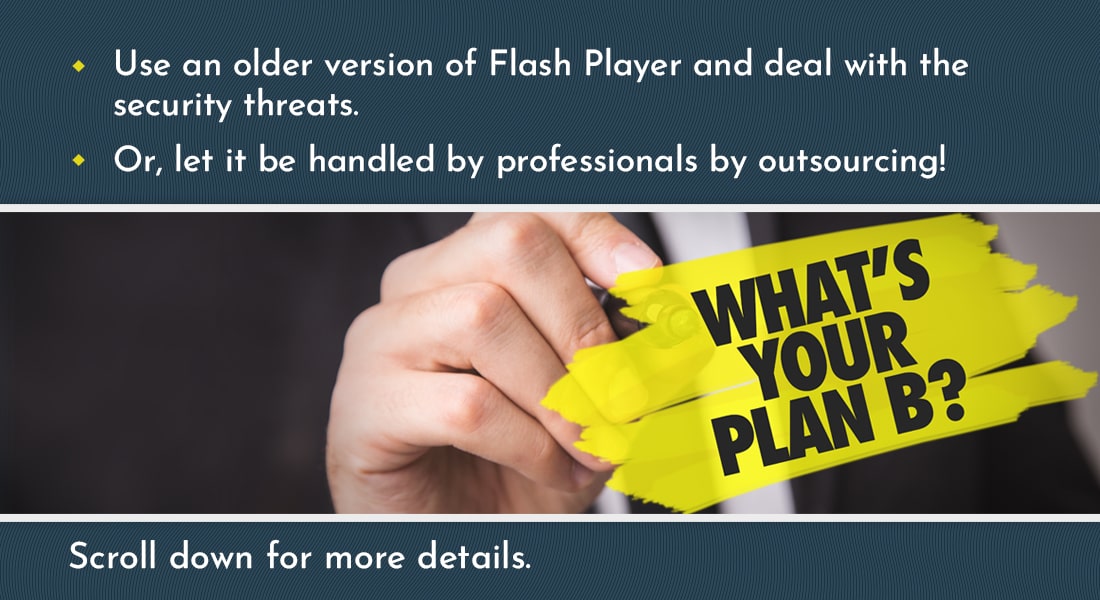Flash to HTML5 Conversion: Problems and Solutions [SlideShare]
![Flash to HTML5 Conversion: Problems and Solutions [SlideShare] Flash to HTML5 Conversion: Problems and Solutions [SlideShare]](https://blog.commlabindia.com/hubfs/Imported_Blog_Media/flash-html5-conversion-problems-solutions-slideshare.jpg)
It’s true that Adobe has sounded the death knell for its Flash player. And most organizations have already embarked on the Flash to HTML5 conversion process for their eLearning courses.
When Adobe Flash first arrived on the eLearning scene, it changed the way online learning was designed. Flash-based media assets that included video and rich animations brought eLearning courses to life and kept learners engaged in the learning process. But with the introduction of learning on mobile devices, this scenario changed. Unfortunately, the Flash player fell short when it came to delivering on-demand learning experiences on the mobile.
The Adobe Flash player is all set to retire by end of December 2020. So where does that leave organizations that haven’t made the switch from Flash to HTML5, in their eLearning courses? Is there a way to salvage Flash-based legacy courses?
All’s not lost, as there are smart solutions to most problems that you might encounter in Flash to HTML5 conversion of eLearning courses. Unable to find the source files of your Flash courses or you have courses developed in old versions of authoring tools that contain Flash-based assets? You don’t have to worry as it is possible to convert these courses into HTML5, without any hiccups.
What are the other challenges that you can face in Flash to HTML5 conversion, and what are the solutions? If you are one of those organizations that are yet to formulate a plan to get Flash-based courses converted to HTML5, this SlideShare is a must-watch!
For guidance on effective conversion strategies to follow, download this informative eBook ‘Flash to HTML5 eLearning Conversion’.




![Flash to HTML5 Conversion: 5 Benefits to Millennials [Slideshare]](https://blog.commlabindia.com/hubfs/Imported_Blog_Media/flash-html5-elearning-conversion-benefits-millennials.jpg)

